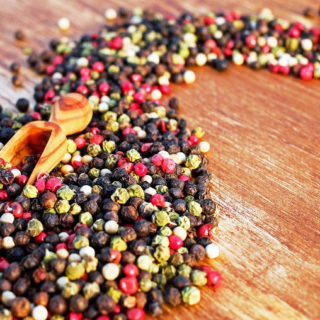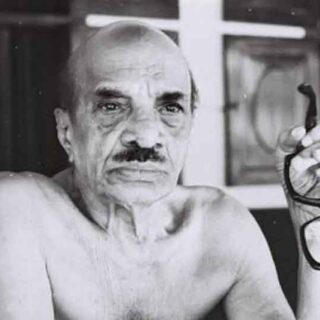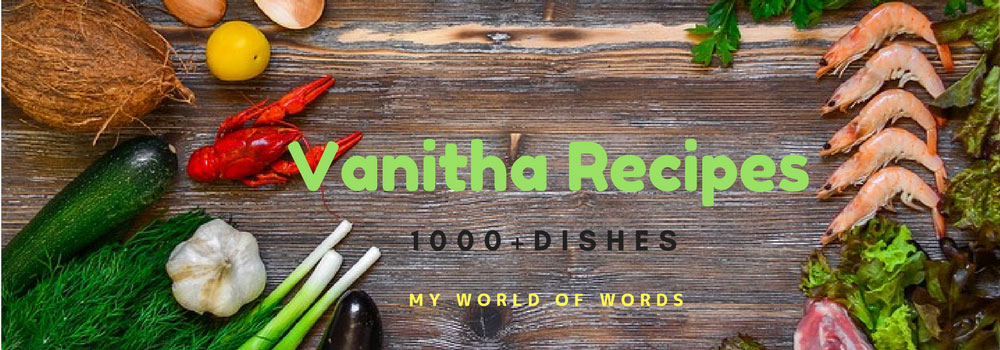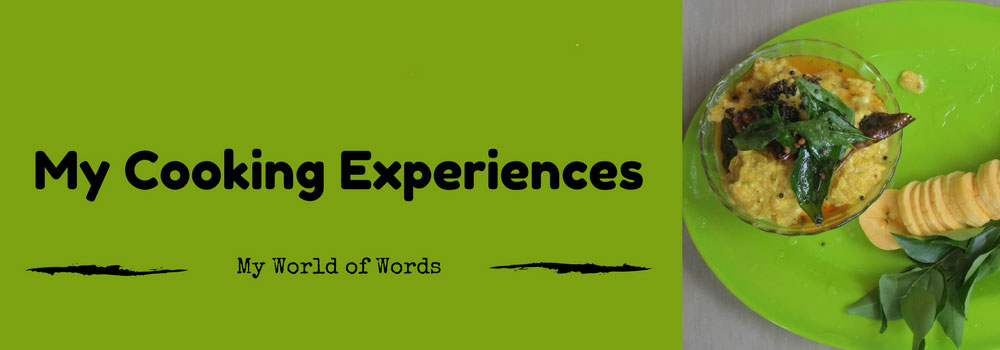Flavours That Encircled the World – The Untold Story of Kerala Spices
The role played by black pepper—known as black gold—and other spices in shaping the political landscape of Kerala and India is truly astounding. In those times, this tiny land of Kerala was the sole production center for spices like black pepper, cardamom, cinnamon, ginger, and turmeric.
The fierce rivalries, looting, killings, and propaganda wars waged by world powers to seize control of this highly profitable spice trade are part of global history. When the Turks captured Constantinople, the trade route from Europe to India—and to Asia—was obstructed. Seeking an alternative, a commercial expedition led by Vasco da Gama set out from Portugal in search of a new sea route, arriving in Kozhikode in 1498. This marked the beginning of unrest along the Kerala coast.

The intense competition among the Portuguese, Dutch, French, and English to establish dominance in Kerala and to procure spices at lower prices kept Kerala on edge for nearly four to five centuries. In 1600 AD, the English East India Company was established for trade, eventually outmaneuvering all others and plunging both India and Kerala into complete colonial domination.
In the Old Testament
It is stated in the Bible that the holy oil and incense used for worship in the sanctuary, believed to have been established by Moses, the Jewish lawgiver, at Sinai in 1490 BCE, were made using substances including cinnamon. It is also recorded in the Old Testament that when the Queen of Sheba visited Solomon, who was the emperor of Israel from 1015 BCE to 966 BCE, in Jerusalem, she arrived with a caravan of camels carrying spices. The collection of spices she presented to Solomon was so remarkable that nothing like it had ever arrived there afterward.
The Fragrance of Beauties

The city of Alexandria in Egypt was a major marketplace for spices from India for a long time. It is said that in 1500 BCE, Queen Hatshepsut of Egypt sent a trade expedition consisting of five ships via the Red Sea to collect spices from eastern lands.
During that era, it is believed that Egyptian beauties would fumigate their bodies with fragrance by burning ginger, cinnamon, and other spices mixed with charcoal in specially prepared perforated vessels in scented chambers. During the Mesopotamian civilization, the Assyrians and Babylonians also collected spices such as cardamom, cinnamon, and pepper from Kerala.
Ginger and Zingiber

Records indicate that in the last centuries BCE, large quantities of pepper, turmeric, and ginger were exported from Kerala to countries like Greece and Rome. During this period, the Greek physician Dioscorides (40–90 CE) described the medicinal properties of pepper, cardamom, cinnamon, ginger, and turmeric in his medical treatise Materia Medica. Dr. Bernal opines that the Greek word zingiber (for ginger) originated from the Malayalam word inji. It is also noted by the renowned historian Pliny that, during this time, gold and silver flowed into Kerala from Rome and Greece in exchange for spices.
Marco Polo’s Descriptions
There are indications that China was engaged in pepper trade with Kerala even before the first century AD. A Chinese coin from the first century, found in Kerala, points to this. By the ninth century, Kollam had become the main commercial hub for the Chinese.In the thirteenth century, Marco Polo, who visited India, describes the pepper trade between China and Kerala. He records that the Chinese collected 43 loads (4739 kilograms) of pepper daily from Kerala. Marco Polo also provides interesting details about the substantial tax revenue the king earned through pepper exports, as well as the ships that transported pepper to China. He notes that, depending on the size of the ships, each vessel had 150 to 300 crew members, and each ship carried between 5,000 to 6,000 baskets of pepper.
The Arabs and Phoenicians
It is believed that the Arabs and Phoenicians were the first to trade goods from Kerala in the Middle Eastern regions. There are indications of close commercial ties between the Indus Valley Civilization and North India since that period. Some historians suggest that during this time, spices from Kerala were marketed in the Middle East via the Indus Valley.
The Pepper Vine and Mangattachan

Vasco da Gama arrived in Kozhikode by ship. He bought a shipload of pepper from the market. Before departing, he visited the Zamorin to pay his respects and made a request: “It would be good if I could also load some pepper vines onto the ship.” The Zamorin agreed with a nod, saying, “Let it be so.” However, the minister Mangattachan, who was standing nearby and observing, frowned. His concern was that if the foreigner took the pepper vine and started cultivating it in his land, the demand for Kozhikode’s pepper might diminish.
Understanding the situation, the Zamorin responded, “The foreigner can take the pepper vine on his ship, but he cannot take the Thiruvathira Njattuvela with him, can he?” Realizing the meaning, Mangattachan remained silent. The Zamorin meant that for the pepper vine to take root and bear fruit, Kerala’s unique climate and the Thiruvathira Njattuvela (a specific rainy season) were necessary—conditions unavailable in foreign lands, ensuring that pepper wouldn’t thrive there.














Recent Comments